Soy sauce is a traditional food originating from East Asia. Popular in cookery there, in recent decades, soy sauce became popular world wide too. The story of soy sauce begins in China thousands of years ago. For religious reasons, Chinese monks replace milk with meat with products from soybeans.
Initially, they prepared vegetarian soy milk, cheese (tofu) and of course, soy sauce. Evidence suggests that 2000 years ago the technology for making soy sauce was brought to Japan. Traditionally, soybeans are grown in Southeast Asia, and from there have spread to Russia and then in Europe.
It comes from soy fiber, which grows as an annual plant, 25-200 cm high four subspecies are cultivated from soybean fiber - Manchurian, Japanese, Korean, Indian and Chinese. The highest prevalence is that of the Manchurian soybeans.
Types of soy sauce
Delicious and flavorful soy sauce is produced from the seeds of soybeans after specific treatment, the addition of water, and sometimes (mostly) with added salt. Besides the classic dark soy sauce, a light one is produced. This technological ferment is done for a short time, saltier and has a weaker taste. Its advantage is that it does not change the color of the dish. In Asia, soy sauce may have different spices.

The continent's most favored is Chinese sauce, which is the main spice star anise. Japanese sauce has no flavor and only contains salt.
Composition of soy sauce
The real soy sauce contains no cholesterol and successfully replaces salt, spices, butter, mayonnaise. Moreover, it is low-calorie - a 100 grams has 70 calories. Soybean seeds contain large amounts of protein, very similar in composition to milk.
They contain glycine instead of legumin. Glycine, is more valuable because it is related organic sulfur necessary for hematopoiesis. In quality soy sauce, you can get more potassium and phosphate salts, enzymes, pro-vitamin A, vitamins B1 B2, C, K.
Overall soybean seeds are first among cereals in quantity fat and protein. Their amino acid composition similar to that of meat.
How to produce soy sauce?
The technology for the production of true and pure soy sauce is as follows: mix soy and wheat grains, which are flooded with salt water and left to ferment naturally for months. It is important to note that in real soy sauce, you do not add any artificial additives, flavors or preservatives. Color, sweetness, and glutamate in the real soy sauce occur naturally from the breakdown of protein and starch.
Umami, or the fifth taste is actually a substance that highlights all the other flavors and it is the secret of soy sauce and why it is so tasty. This production technology ensures that the soy sauce simultaneously retains all nutrients from soybeans, but these substances create reservations that all of it’s protein and phytic acid is broken down into amino acids and minerals.
The naturally fermented sauce has all the benefits of soy, but not its shortcomings. In high quality soy sauce to the above ingredients can be added various combinations of natural extracts such as garlic, dill, and others to taste.
The only benign way of accelerating the preparation of soy sauce is to add specific microorganisms to the fermentation table. This gives the sauce a sweet characteristic flavor and accelerates its "mature" about 12 times. These two species are considered as safe and even beneficial.
But modern production technology questioned the usefulness of soy sauce.
Often we tend to put in the shopping cart cheap soy sauce that has little to do with the above technology. Low quality soy sauce has some of the good features of the actual product. For a cheaper option, soybeans are boiled with sulfuric or hydrochloric acid, and then cooled – the technology require is short term and highly profitable. Most types of soy sauce on the market are made in such a way.
Selection and storage of soy sauce
The low price of soy sauce is a guarantee that you buy and low quality product. In most cases, cheap soy sauce, often even comes in plastic bottles that have added preservatives. Choose soy sauce comes only in dark glass bottles! In plastic packaging sauce loses its taste and flavor identity.
Note the contents of the bottle - not only to color and flavors and natural ingredients. A show of quality soy sauce is the amount of protein, which is up about 8%. If you want high-quality soy sauce label should read "made with natural fermentation." Any other product ensures that it has the addition of chemicals.
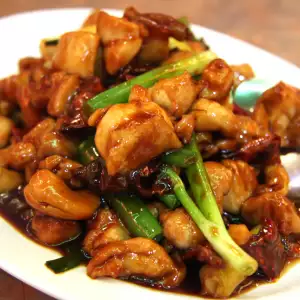
Another criteria for quality soy sauce is its color. If exposed to light bottle, the color of the sauce should be light brown in color, slightly clear, which means that it is natural. Many dark sauces are fake.
Cooking with soy sauce
The essence of the existence of soy sauce it is to be a good company to almost every dish that we put on a plate. Like any rule, there is an exception - soy sauce is not suitable for cakes because it has highlighted salty taste.
With soy sauce, you may spice dishes of meat, poultry, fish, vegetables, mayonnaise and various sauces. It is an increasingly common ingredient in dressings for salads or marinades for meats. Rice is the first friend of soy sauce - evenly cooked and flavored with dark elixir is incredibly delicious rice. Therefore, it is a mandatory supplement to sushi.
Benefits of soy sauce
Only real soy sauce can bring benefits to human health. Defective products can harm 100%. Studies show that dark soy sauce can work more effectively against the aging of human cells than red wine and vitamin C.
Sauce produced by fermentation of soybeans contain substances 10 times more active than red wine and 150 times than vitamin C, inhibit oxidation of human cells.
It was found that in addition to its anti-oxidative properties, soy sauce greatly improves blood circulation and slows the development of cardiovascular and other diseases.
Dangers of soy sauce
Expert advice is to not abuse the use of soy sauce, since it is high in salt, which is known to be a factor in the rise in blood pressure. Lower quality sauces have added preservative substances such as sodium benzoate. To reinforce the flavors monosodium glutamate is used, which is proven harmful to the body. Sometimes soy sauce thickens a bit more, it is mixed with starch, which even takes the tastes and flavors of the sauce.
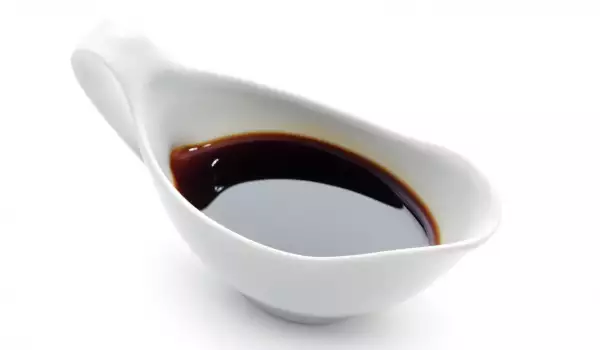





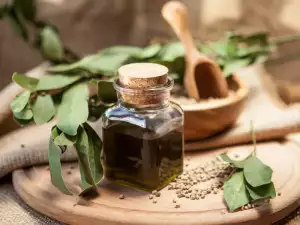

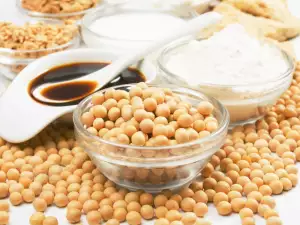

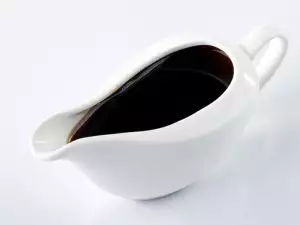
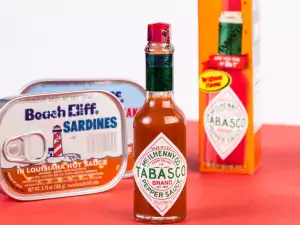
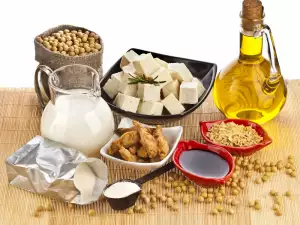

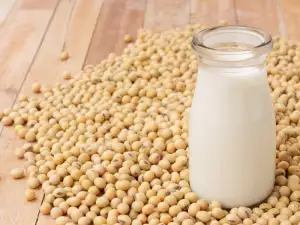




Comments